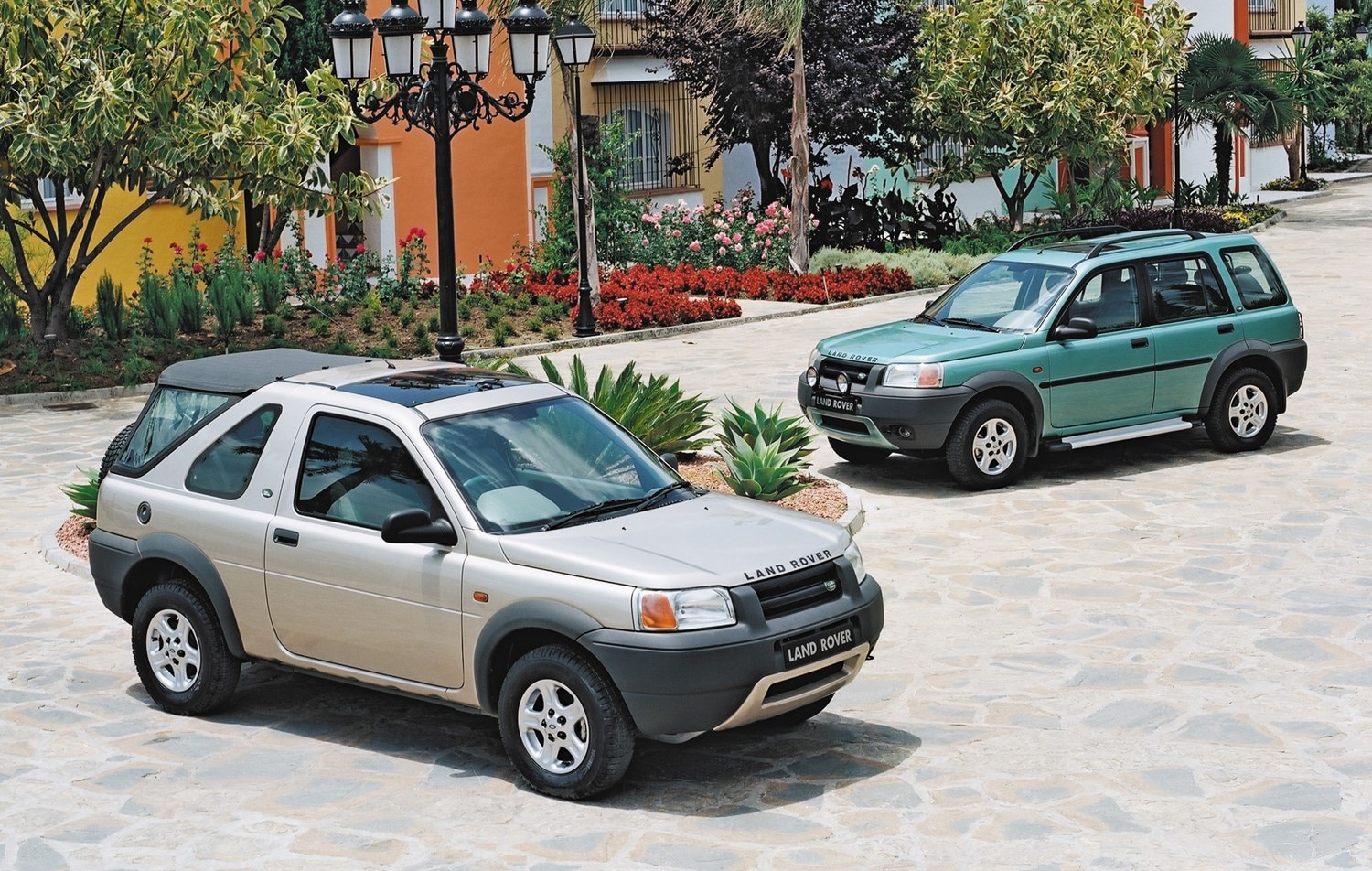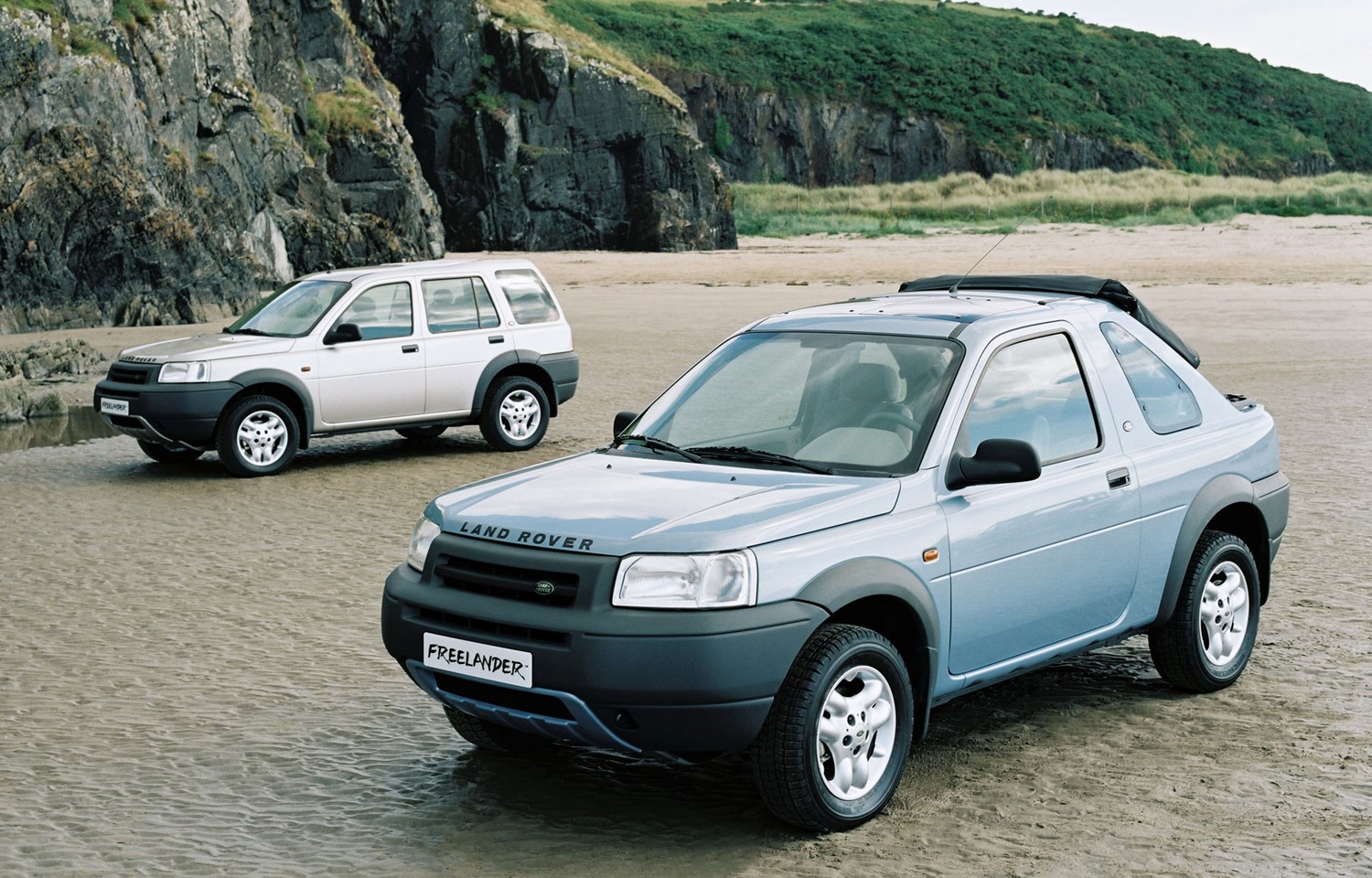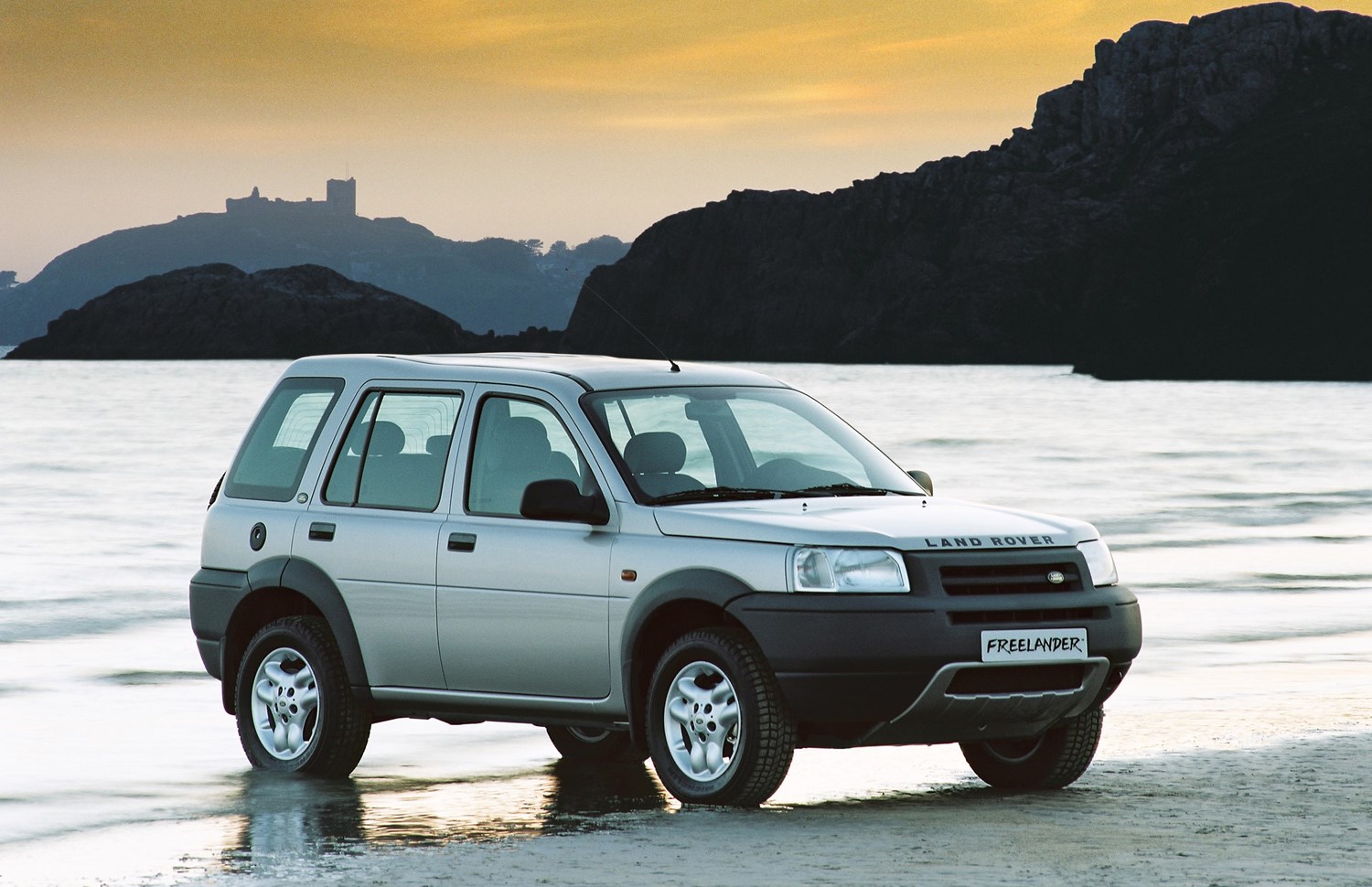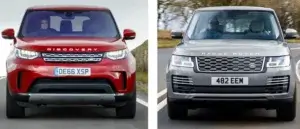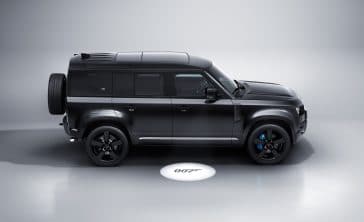Latest model
There was only one major change in the first-generation Freelander’s run, and that came in 2004 with a facelifted version. It boasted a much-improved interior and exterior, along with new aids such as electronic traction control and Hill Descent Control – the latter being one of the first uses of this technology at the time, helping to brake the car when going down steep tracks off-road.
There was also the introduction of a new Sport model, bringing a greater focus on its on-road driving performance, as it was equipped with a lower and firmer suspension setup that reduced body roll and improved driver feedback.
A second-generation Freelander, which we’ve reviewed separately, arrived in 2006 – earning itself the name of the Freelander 2. Today, the next best thing to this model is the Discovery Sport.
Value for money
It’s pretty telling as to just how expensive cars have become when a new Freelander cost under £16,000 when new in the late 1990s, and now a new Discovery Sport would set you back a minimum of £32,000.
Today, though, with the first Freelander not being on sale for 15 years, it offers buyers great value for money when looking for a cheap and useful off-roader. That said, you’ll still struggle to get a good one for under £1,000, while the tidiest low mileage examples could set you back up to £5,000. Expect to pay somewhere in the middle for a decent high-mileage example with a few years still in it yet.
Looks and image
Though the Freelander hasn’t been on sale for some time, it actually still looks quite pleasant. With the majority of versions being fitted with alloy wheels, and chunky plastic cladding featuring, it still offers those rugged looks many buyers hope and expect for. You’ll want a Sport version for maximum street cred, though, thanks to the larger 18-inch alloys and lower suspension setup.
By modern standards, the Freelander unsurprisingly falls behind, lacking any technology and many creature comforts of newer rivals. That said, everything it comes with is simple and logical to use, with clear and smart dials that aren’t actually a far cry from the ones Land Rover still uses today. Hard-wearing materials lack the ‘premium’ nature of modern models from the firm, but are durable and have proven to stand the test of time.
Behind the wheel, the Freelander certainly feels much better-suited to rough tracks than tarmac, though a comfortable ride certainly aids matters further. Choose a Sport if you want something a bit more involving, though it certainly won’t prove to be on par with your average hatchback.
